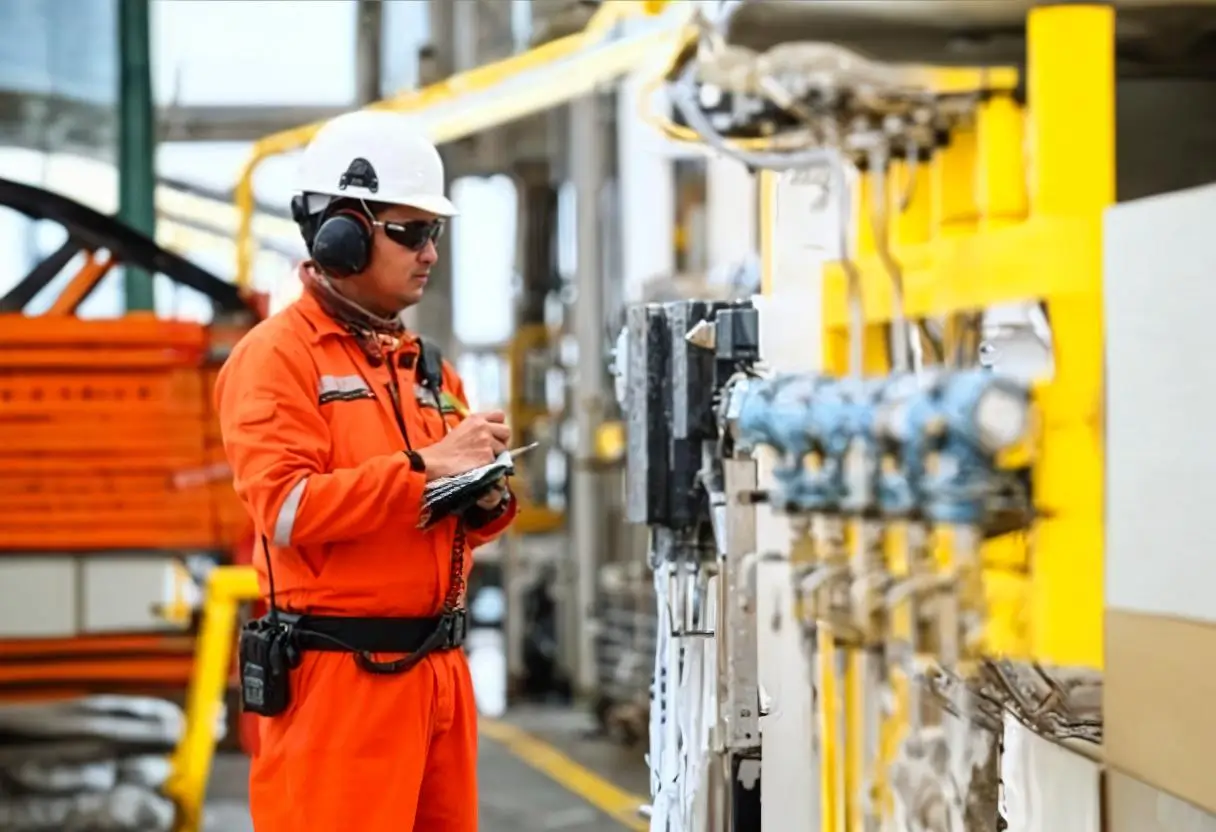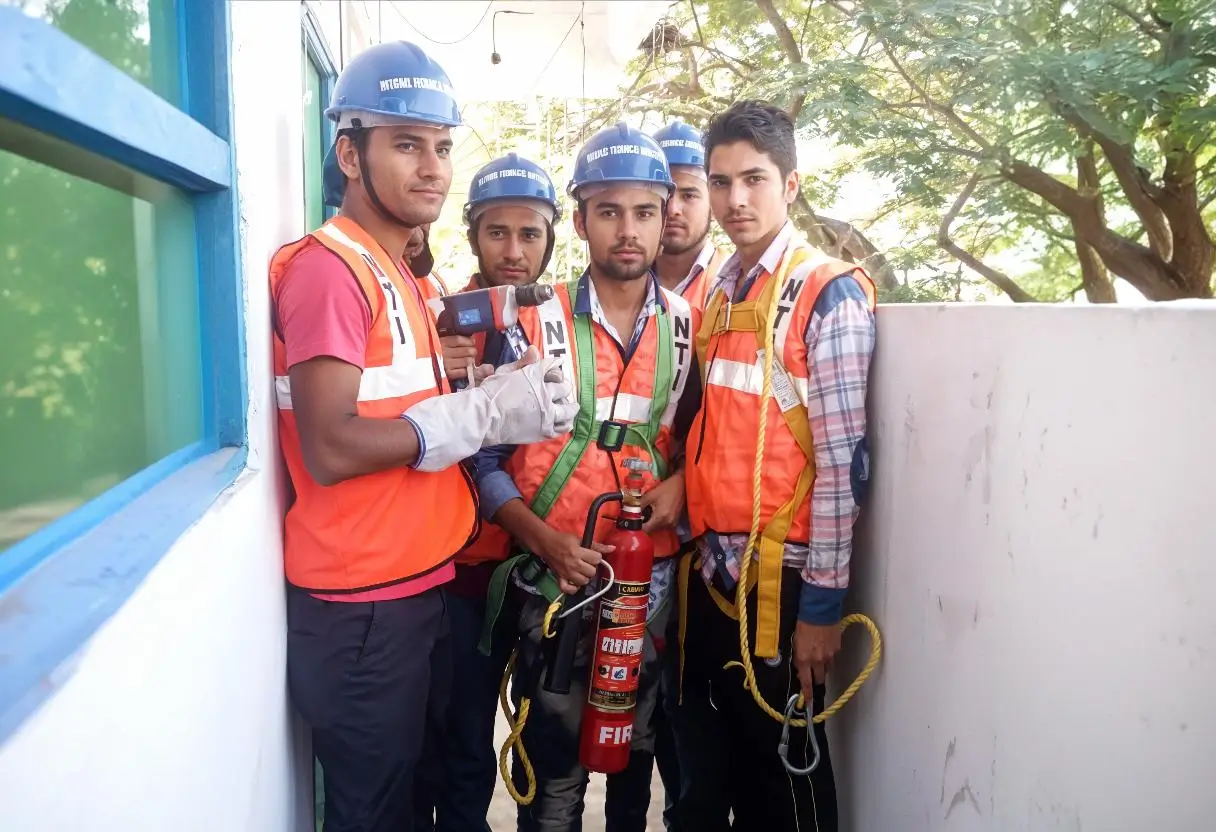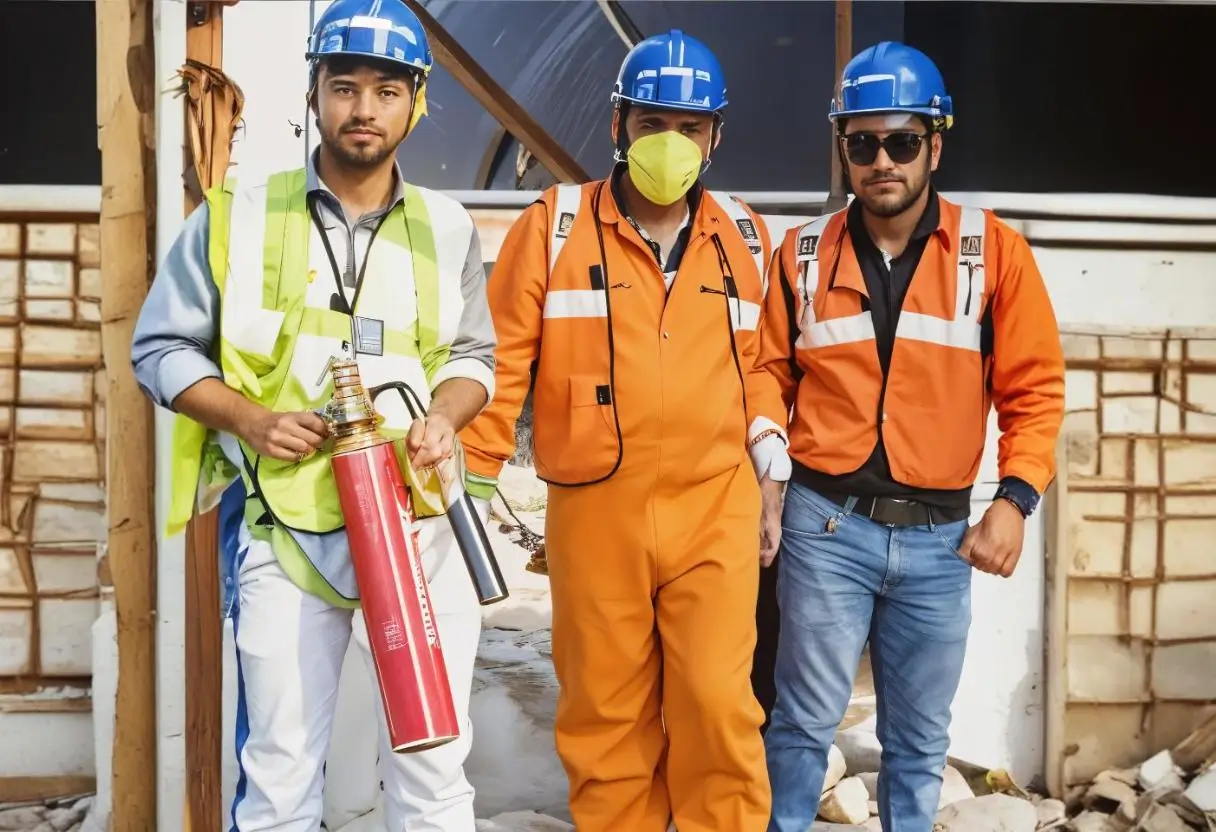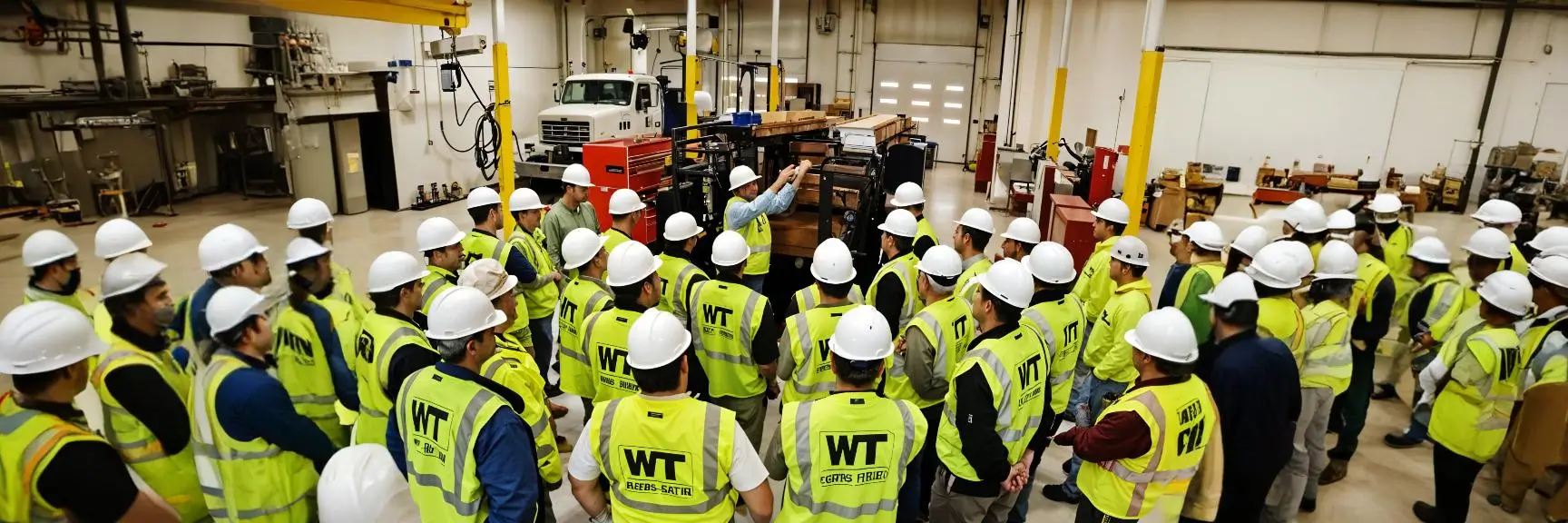Our Industrial Safety Training
Empower Your Workforce with Expert Safety Training
Building a Safer, Smarter Industry Together!
Northstar specializes in providing comprehensive training and courses that enhance industrial safety across a wide range of sectors. Our certified safety experts are committed to delivering best-in-class training programs that ensure your workforce is equipped with the knowledge and skills needed to identify hazards, mitigate risks, and comply with safety regulations.


Our Primary Services In Industrial Safety.
- HSE Awareness (Induction)
- Welding Safety Training
- Forklift Truck Safety Training
- Electrical Safety and Lockout/Tagout (LOTO)
- Risk Assessment & Hazard Analysis
- Gas Testing and Confined Space Entry
- Manual Handling & Ergonomics Training
- Fire Safety and Emergency Response Planning
- Noise and Hearing Protection Programs
- Heavy Equipment & Lifting Operations Safety
Ready to Improve Your Industrial Safety Standards?
Why Industrial Safety Matters?
Industrial safety is not a mere regulatory requirement but an inherent aspect of organizational success. It is one of the most important means to reduce workplace accidents, leading to fewer injuries, reduced medical costs, and reduced downtime. A safe work environment promotes higher employee morale and productivity while reducing turnover rates because workers feel secure in their jobs.
Additionally, the observance of safety standards reduces the legal liability and penalties for non-conformity to local and international law. Through investment in industrial safety services, businesses are also able to maintain a good reputation by informing the stakeholders that they appreciate their employees’ health and well-being as well as that of the community.

1. HSE Awareness (Induction) : Our HSE Awareness (Induction) training equips new employees with the basic knowledge of the health, safety, and environmental practices in the workplace. This induction covers such essential safety protocols, risk awareness, emergency procedures, and regulatory compliance, and all workers will be properly equipped to ensure a safe and productive working environment right from the first day.
2. Welding Safety Training : The main purpose of Welding Safety Training is to train the employee with hazards of welding and then prevent them through proper measures. Safety topics covered are personal protection equipment, safe welding procedures, fire prevention, and gas safety and post welding cleanup. This ensures welding is done in a hazard-free environment and also removes any accident due to the welding process.
3. Forklift Truck Safety Training : Forklift Truck Safety Training provides the operator with the knowledge and skills to safely operate forklifts in a variety of settings. The training covers safe load handling, hazard awareness, inspection procedures, and operational best practices, thereby reducing the risk of accidents, injuries, and equipment damage in the workplace.
4. Electrical Safety and Lockout/Tagout (LOTO) : Electrical Safety and Lockout/Tagout (LOTO) training addresses safe practices in the workplace concerning electrical systems and equipment. It includes lockout/tagout procedures, identification of electrical hazards, and emergency response protocols to reduce electrocution, damage to equipment, and downtime and ensure compliance with regulatory safety standards.
5. Risk Assessment and Hazard Analysis : Risk Assessment and Hazard Analysis training teaches employees to identify, evaluate, and mitigate potential hazards in the workplace. Participants learn to conduct thorough risk assessments, analyze workplace hazards, and implement preventive measures to ensure the safety of workers and compliance with health and safety regulations.
6. Gas Testing and Confined Space Entry : Training on Gas Testing and Confined Space Entry endows workers with necessary knowledge on how to work in confined spaces without exposure to hazardous gases. It covers proper gas detection methods, ventilation, emergency rescues, and proper equipment usage and at all times ensures safe entry and protection against health risks in confined environments.
7. Manual Handling and Ergonomics Training : Manual Handling and Ergonomics Training equips the employee to safely lift, carry, and move in the working environment. Ergonomics, proper techniques for lifting, and ways of injury prevention are taken care of in the course. Risk of musculoskeletal disorders is minimized by such courses, and the workers are ensured to be as healthy as possible while performing highly strenuous tasks.
8. Fire Safety and Emergency Response Planning : Fire Safety and Emergency Response Planning training educates employees on how to respond to fire-related emergencies and implement safety measures in the workplace. It includes fire prevention, use of fire extinguishers, evacuation procedures, and developing emergency response plans to protect employees and reduce damage in case of a fire.
9. Noise and Hearing Protection Programs : Noise and Hearing Protection Programs educate workers on how to identify the hazards of overexposure to noise and how to protect their hearing. The program consists of training on the use of hearing protection devices, noise reduction strategies, and permissible exposure limits regulations, ensuring long-term hearing health and compliance with safety standards.
10. Heavy Equipment and Lifting Operations Safety : Heavy Equipment and Lifting Operations Safety training teaches employees how to safely operate heavy machinery and equipment, such as cranes, hoists, and forklifts. The training covers proper lifting techniques, hazard identification, safe operation practices, and the importance of using correct PPE, reducing the risk of accidents and ensuring safe equipment use in lifting operations.


